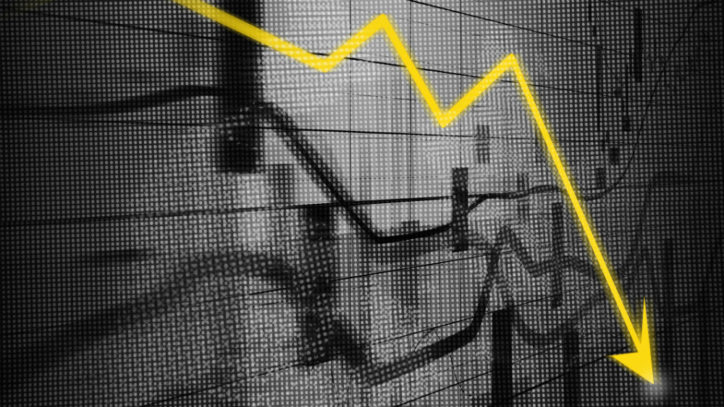As a shareholder, I was pleased on Friday morning when I saw Royal Bank of Scotland Group (LSE: LON:RBS) release a set of third-quarter results that were ahead of market expectations. Pre-tax profit climbed 10% to £961m, ahead of consensus forecasts for £892m.
Despite this, the stock was given the cold shoulder by City types, who sold the shares down by about 4% on the day. Why was this?
I respect this choice It appears RBS chief executive Ross McEwan is being punished for taking a more cautious view on the economy than his rivals. In Friday’s figures, McEwan announced a £100m forward-looking impairment charge to reflect the uncertain outlook for the economy after Brexit.
This decision was based on new accounting regulations which require banks to book expected losses ahead of time, not simply wait until they occur. However, none of the bank’s direct rivals — notably Lloyds — have done this. They appear to believe the UK economy will remain stable and won’t see a rise in bad debts.
I respect McEwan’s cautious stance. If he’s right and the economy is about to slow, his actions could save the bank and its shareholders from much larger losses. If he’s wrong, the cost should be minimal, as I see it.
Surplus cash is building McEwan’s view on the economy means that he’s cut new lending and is allowing spare cash to build in the business. This helped to lift the bank’s Common Equity Tier 1 (CET1) ratio to 16.7% during the third quarter. That’s significantly higher than rivals, such as Lloyds (15.5%) or Barclays (LON:BARC) (13.2%).
Unfortunately, this cautious approach also contributed to a fall in the bank’s net interest margin. This measures the difference between money earned from lending and interest paid on deposits. RBS’s net interest margin was 1.93% during the third quarter, down from 2.01% during the same period last year.
Will the shares keep falling? The problem for shareholders is that we don’t want McEwan to be right. The bank has only just restarted dividend payments, and the government still needs to sell its stake.
A cyclical downturn normally means an increase in bad debts and lower profits. This would make it harder for the Treasury to sell the shares at a reasonable price — I wouldn’t be surprised to see the share price fall below 200p.
What I’m going to do As a shareholder, I need to decide whether the benefits of RBS’s recovery are likely to be crushed by an economic slowdown.
One risk is that even with a stable economy, profitability could remain below average. The bank’s return on tangible equity — a key measure of profitability — was only 5.3% during the first nine months of 2018. That’s only marginally higher than the 5.2% achieved during the same period last year.
On the other hand, the stock’s modest valuation seems attractive. RBS shares currently trade at a 22% discount to book value, and on just 8.5 times 2018 forecast earnings. In addition, rising levels of surplus cash mean that analysts expect a dividend yield of 2.8% in 2018, rising to 4.2% in 2019.
I’m happy with the fundamentals at RBS, but I’m not sure whether my cyclical timing is right. For now, I’m continuing to hold. But I won’t be buying any more shares just yet.
Roland Head owns shares of Royal Bank of Scotland Group. The Motley Fool UK has recommended Barclays and Lloyds Banking Group (LON:LLOY). Views expressed on the companies mentioned in this article are those of the writer and therefore may differ from the official recommendations we make in our subscription services such as Share Advisor, Hidden Winners and Pro. Here at The Motley Fool we believe that considering a diverse range of insights makes us better investors.
